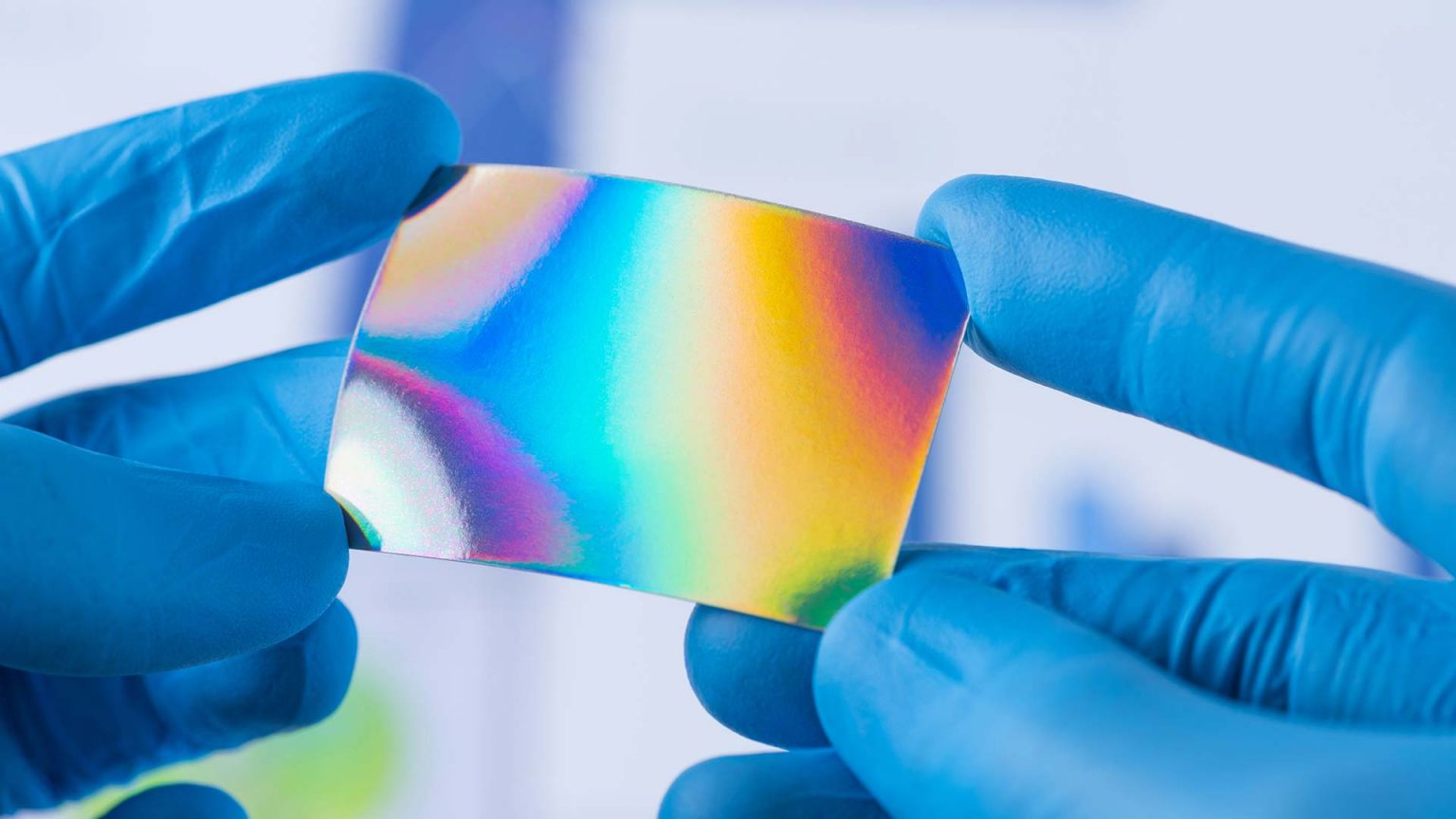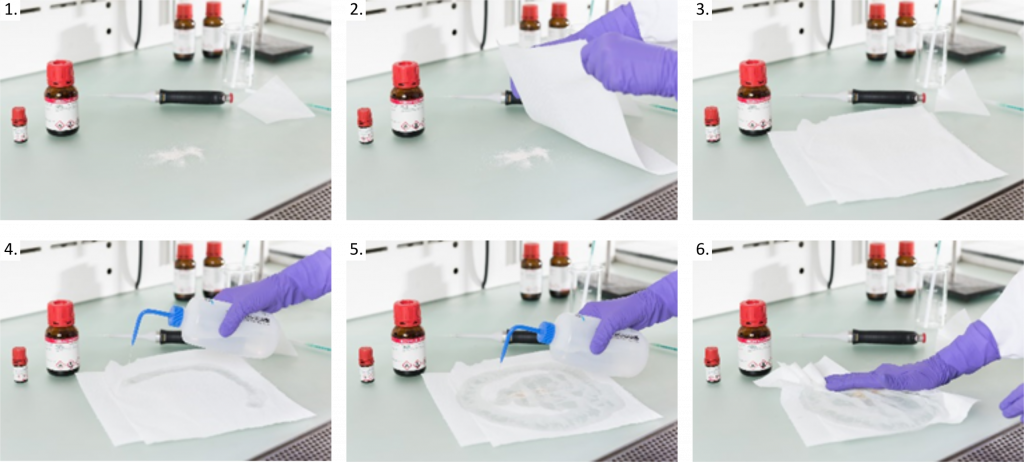
Nanomaterials are frequently used in research. However, the hazards and risks of nanomaterials are not fully elucidated. It is therefore considered, as a precautionary principle, that protective measures should be taken until the safety of the material is certified.
In case of incident
1. Call 115 or +41 21 693 30 00
2. Evacuate the laboratory and restrict the access
4. Wait for the emergency team
Nanomaterial means a natural, incidental or manufactured material consisting of solid particles that are present, either on their own or as identifiable constituent particles in aggregates or agglomerates, and where 50 % or more of these particles in the number-based size distribution fulfil at least one of the following conditions:
- one or more external dimensions of the particle are in the size range 1 nm to 100 nm;
- the particle has an elongated shape, such as a rod, fibre or tube, where two external dimensions are smaller than 1 nm and the other dimension is larger than 100 nm;
- the particle has a plate-like shape, where one external dimension is smaller than 1 nm and the other dimensions are larger than 100 nm.
In the determination of the particle number-based size distribution, particles with at least two orthogonal external dimensions larger than 100 μm need not be considered.
However, a material with a specific surface area by volume of < 6 m2/cm3 shall not be considered a nanomaterial.
Here we consider only engineered nanomaterials (ENM).
Exposure to engineered nanomaterials (ENM) can occur through inhalation, skin contact or ingestion. Inhalation is the most critical route of exposure.
Initial experimental studies with ENMs in cell cultures and laboratory animals have shown that the biological response to some ENM can be high compared to that of larger particles of the same chemical composition (for the same mass dose).
In addition to particle number and specific surface area (surface area per unit mass) other particle characteristics can influence the biological response. These include solubility, shape, charge and surface chemistry, catalytic properties, adsorbed pollutants (and other intentional and unintentional surface changes), and the degree of agglomeration.
The EPFL internal directive (Lex 1.5.5) regulates all safety aspects related to activities involving ENM.
All laboratories that produce and/or use of ENM must be classified according to the internal directive. To classify the laboratory, the laboratory manager must start with contacting us.
OHS will analyze the procedures and materials, and give you recommendations on how to best work safely. The OHS analysis will give the final nano classification of the laboratory and provide the corresponding safety measures.
In the absence of complete scientific evidence, the potential threat to human health and the environment from materials under development is assumed to be such that precautionary measures must be taken until the safety of the material is certified.
To minimize the potential exposure to engineered nanomaterials (ENMs) a combination of strategic, technical, organizational and personal measures must be put in place
The 4 main strategic measures are the following:
- Replacement of raw materials/products with less toxic materials/products
- Changing the physical state of the product or material: using dispersions, pastes, granules or composites instead of powders or aerosols
- Replacement of a dry process by a wet process.
- Process containment (preventing direct contact with the material)
Since it is assumed that hazardous substances do not pose a risk when contained, the best option when working with nanomaterials is to contain the entire process if possible. Examples of contained systems are glove boxes or sealed chambers.
The medical examination is a mandatory preventive examination (with 5 year intervals) for all those who:
- Work in areas classified as Nano2 and 3;
- For an annual exposure duration of more than 200 hours.
If you meet these 2 criteria, please contact us to register for the medical examination. Specify the type and class of nanomaterials and the exposure time.
Two pairs of gloves and a respiratory protection are mandatory when cleaning nanomaterial spills.
Only wet cleaning or cleaning with a vacuum cleaner for asbestos, i.e. that filters the exhaust through a HEPA filter, is allowed in Nano classified labs.
Spills in protected areas (glovebox, fume hood, nano enclosure) that do not contain chemicals that can cause a fire in contact with tissue (HNO3, pyrophoric compounds, etc.) can be cleaned up by the personnel in the lab.
The following procedures can be used:
- Liquid spills: wipe up the spill with a tissue wetted with a compatible solvent, preferably water; then wipe off the affected surface with a wet tissue until it is clean.
- Powder spills:
- Cover the spill with a tissue (Fig. 1,2,3);
- Wet the tissue with a compatible solvent with low volatility from outside in using a wash bottle (Fig. 4,5);
- Use a wet tissue to wipe up the now wet powder spill (Fig. 6);
- Wipe off the surface with a wet tissue until it is clean;
Collect all contaminated material that has to be trashed and put it in a sealable plastic bag. All nanomaterial containing waste has to be double packaged (a second plastic bag or rigid container).
For more details regarding nanomaterial waste, check out our nanomaterial waste page.

For more information, take a look at our “What should I know?” booklet on working with nanomaterials!